Minecraft is probably one of the most played open world sandbox games in the world. Its gameplay involves building and surviving in a hostile world, filled with creatures both passive and hostile. However, if you don't want to play Minecraft, there are quite a few alternatives on PC to try out. In this article, Gurugamer is going to showcase the top 5 games similar to Minecraft on PC.
1. Deep Rock Galactic
DRG is a first-person-shooter with heavy influence from the cave-exploration of Minecraft, horde-based combat of Left 4 Dead, and the class dynamics from Team Fortress 2. You wake up, select your mission, drink your drinks, embark, mine, shoot bugs, say something racist about elves, and unquestioningly sell your labor to your underpaying, underequipped capitalist overlords. There was always something new to try out, some new achievement to get, or some challenge to overcome.
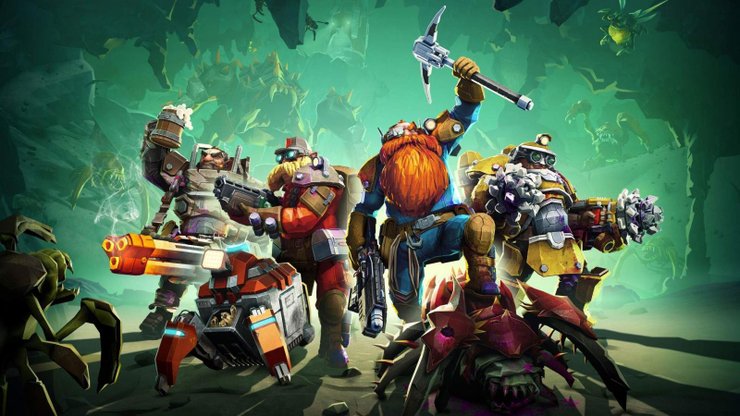
The gameplay loop is simple. In the Space Rig, you select your class and loadout, decide if you want Today's Special (a single mission buff), and select one of eight randomly generated mission types with varying difficulty modifiers from ten different biomes, though around half the biomes will be unselectable. The class design is atypical for a class-based shooter. Instead of a DPS/Tank/Healer trifecta, you have a sliding scale of power to mobility, with Gunner being slow but strong, Scout being quick but weak, and Driller and Engineer being in-between, but everyone possessing support tools the other classes need.
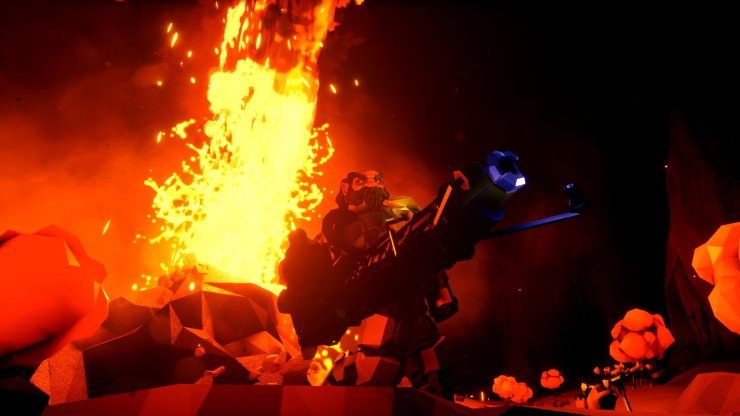
The enemy design is also very unique. Rather than plainly charge forward, the Glyphids will act like actual bugs, crawling on the walls, ceilings, forming pincer maneuvers, and demanding full 360° awareness. The audio and visual design is also satisfying and well-made.
2. Starbound
Starbound is a side-scrolling exploration game with crafting, survival elements, varied environments and missions. It is a game that truly does live up to the "freeform gameplay" tag that a lot of these kind of games claim. The universe is a huge, randomly generated place full of varied planets, moons, anomalies and other friendly (or not so friendly) other ships. It is playable in single-player and also via drop-in-out multiplayer and dedicated servers.
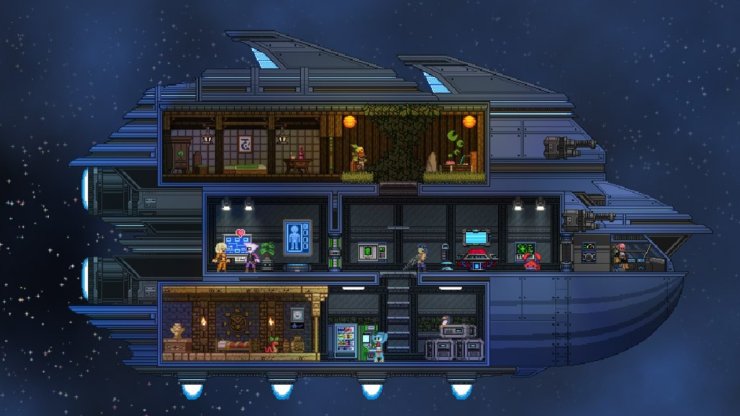
Progression is a really well done mechanic in the game. There is no "XP" for tasks at all. You simply get better at doing the things you do by doing them - via better materials, tech and experience. This then allows you to take on greater challenges. The early game consists of "survival", where your ship is stranded, orbiting a planet. From here you must gather by mining, looting, exploring and dungeon crawling on the planet to make yourself better gear and establish a foothold.
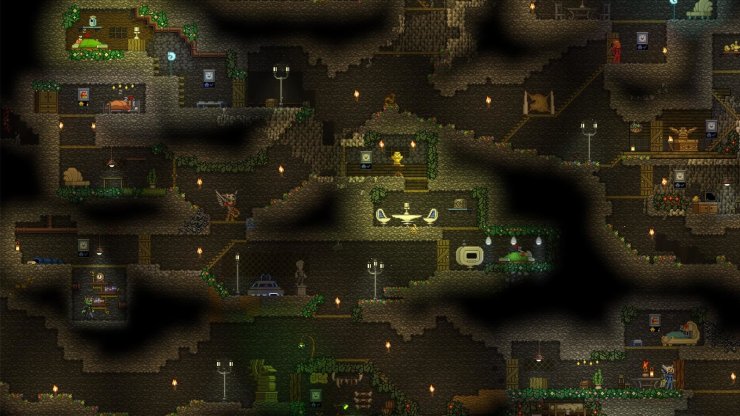
Your character can be equipped with a variety of different "tech", enhancing their abilities. How about the ability to wall-run, double-jump, dash or even turn into a sticky "ball" that can climb up walls and onto ceilings? Your character is further customised with an extensive armour and clothing system, which adds to certain abilities and allows you to enhance the aspect of your character that you want. Melee, ranged, duel-wielding guns, shotguns, rocket launchers, flame-throwers, magical staffs - you name it it has it. Find a play-style that works for you and go nuts with it. The variety here is great.
3. Factorio
Factorio is a game that sneaks up on you. You start out so simple, harvesting some coal and iron, chopping down a tree or two. Then you plonk down a machine that starts mining iron ore for you, and you feed the result into a furnace. You build more machines, then some inserters. More machines, and it becomes easier to link up a few things with conveyor belts.
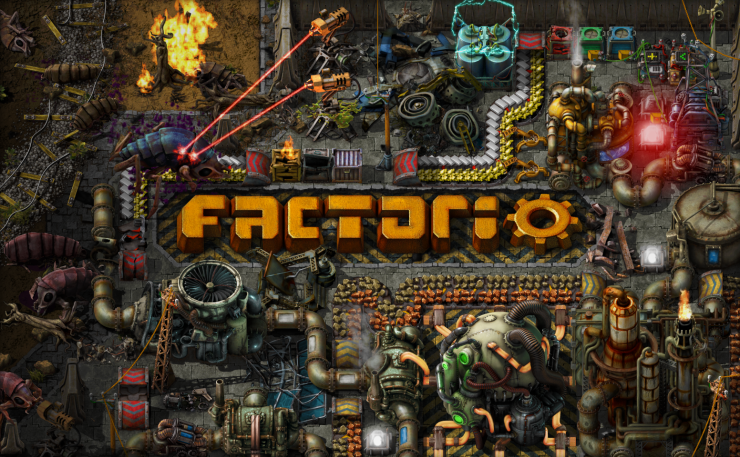
Four hours later you look down on a factory system so complex you couldn't have designed it; and yet it grew so gradually, so organically, that at no point you feel overwhelmed. You look at the time - maybe ten more minutes; you want to quickly redesign this bit around your assemblers to fit in another conveyor belt. It would speed up the production of green electronic circuits.

Three hours later you realize that you should have been in bed for hours, but you can't stop now - you just build a tank and you really want to try it out on that alien base that has been growing way too much. Factorio is fun. As simple as that.
The big twist on the formula that Factorio brings is that it borrows crafting elements now common in modern mainstream games to make the building less a matter of using money to make money, and more about crafting basic resources into usable items. It just so happens that these items are buildings that you build your factory out of. In essence, you're building a factory-building factory, hence the common mantra "the factory must grow".
4. Stardew Valley
Stardew Valley is a game that borrows heavily from similar titles in the Harvest Moon series. You start out in a rural town with nothing but a dilapidated house and crop fields that are more akin to the wilderness than a place to grow vegetables. The game is simple in its understanding: build a farm, make profits, live your life. What the game allows you to do makes it so much more layered. You're left with the freedom to explore the town, its residence, mold your farm into whatever you want it to be, and on your own time. Sure, there are events to attend, festivals to see, men/women to romance and marry, kids to have, buildings to construct, fish to catch and weird little slimes to slay (Dragon Warrior, anyone?), but how and when you do those things is up to you.
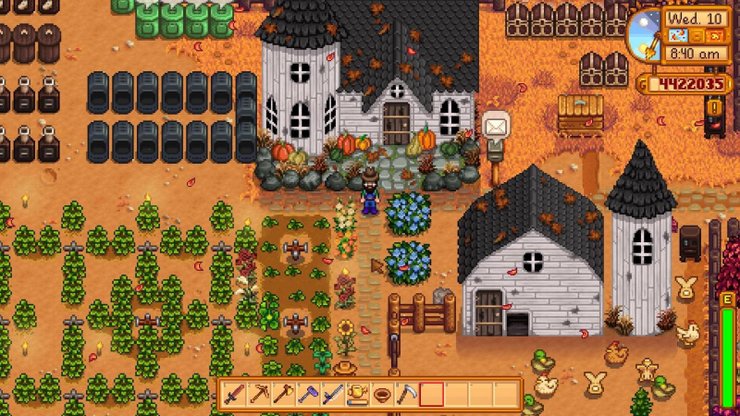
In essence, the game offers you very similar things to do as a Harvest Moon game does: Build and upgrade your farm, plant crops, upgrade tools, mine in the never-ending dungeon for precious ore, go fishing, romance and get married...etc. While some of your old favorites are back, new aspects have been introduced as well, but I won't spoil those in this review. Let's just say there's a nice story that evolves over time.
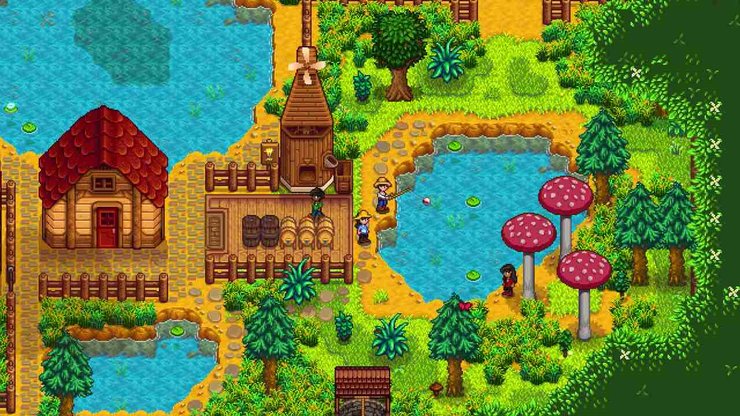
The freedom to do as you please is what makes this game, and Harvest Moon in general, so enjoyable. It's a chance to mellow out, play at your own pace and still enjoy everything the game has to offer. What Stardew Valley does, it does right. It's charming, cute and feels rewarding, even when all you're doing is cuttings weeds. It doesn't pull any punches or try to be something it's not; the developer had a goal in mind and Stardew Valley is a reflection of just that. You can feel the effort, the time and the devotion that went into this game over the years. Stardew Valley is a gem and worth looking at. If you loved Harvest Moon, you'll love Stardew Valley.
5. Terraria
Primarily, Terraria is a sandbox game. You appear in a new world with some basic equipment and no real instruction, eventually, you will build a small house to survive the monsters that surface during the night, discover some form of corruption eating away at the world, encounter new NPCs and face off against powerful Boss enemies. Despite all this, you are given little direction, these are merely facets of a larger game that allows players to do as they wish, encountering all the world has to offer at mostly their own pace. Part of the great design behind the title is in the difficulty curve I mentioned earlier, meaning challenges pitted against a player start easy and steadily increase at a rate easy to handle. Although traditional RPG elements are largely absent, a discrete levelling system is present in the form of Bosses that have been defeated, meaning if you don't progress through these enemies then the gameplay doesn't become more difficult. In fact, the first boss doesn't spawn until you're suitably equipped with armour and health.
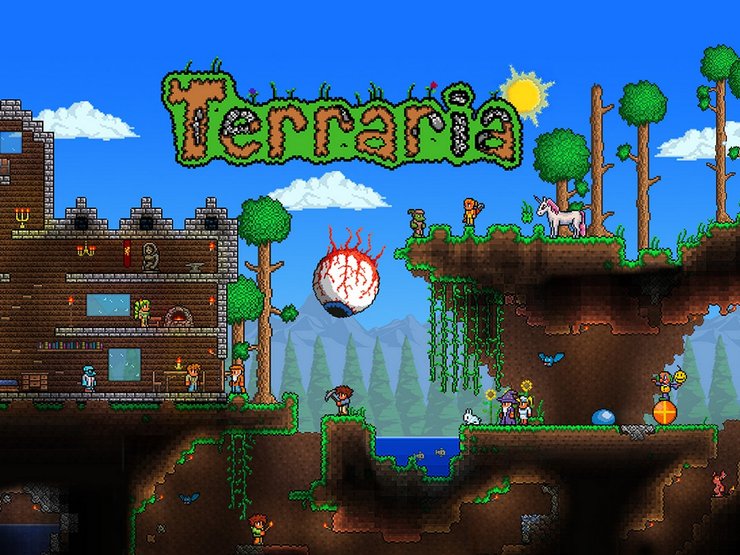
My hours in the game are split roughly equally between single and multiplayer. Single player stands up on its own perfectly fine, but in my opinion the game is much more rewarding gathering some friends and working together to tackle the bosses, as the feeling of reaching new goals is shared, and the ammount of 'grinding' for materials is spread across multiple people. It also helps to appreciate the brilliant soundtrack, as if you voice chat with your group then spontaneous humming along loudly is to be expected.
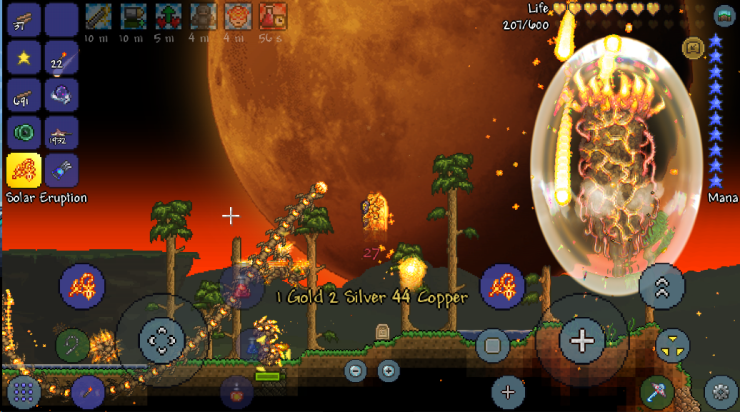
Enemy design is exciting and unique, with floating eyes, possessed suits of armour, giant robotic worms, and a ninja suspended in a giant ball of slime all making appearances. That being said, whoever on the design team is responsible for 'hellbats' has earned a special sort of hatred from myself...
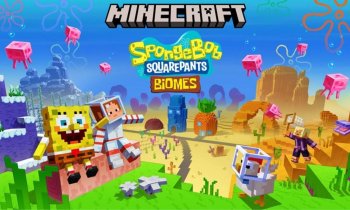
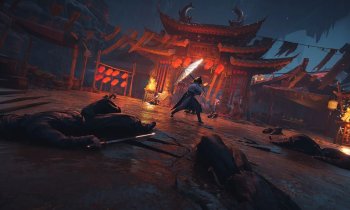


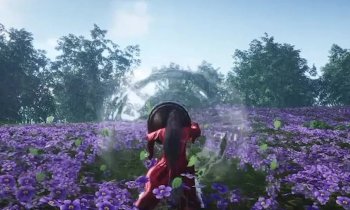





Comments